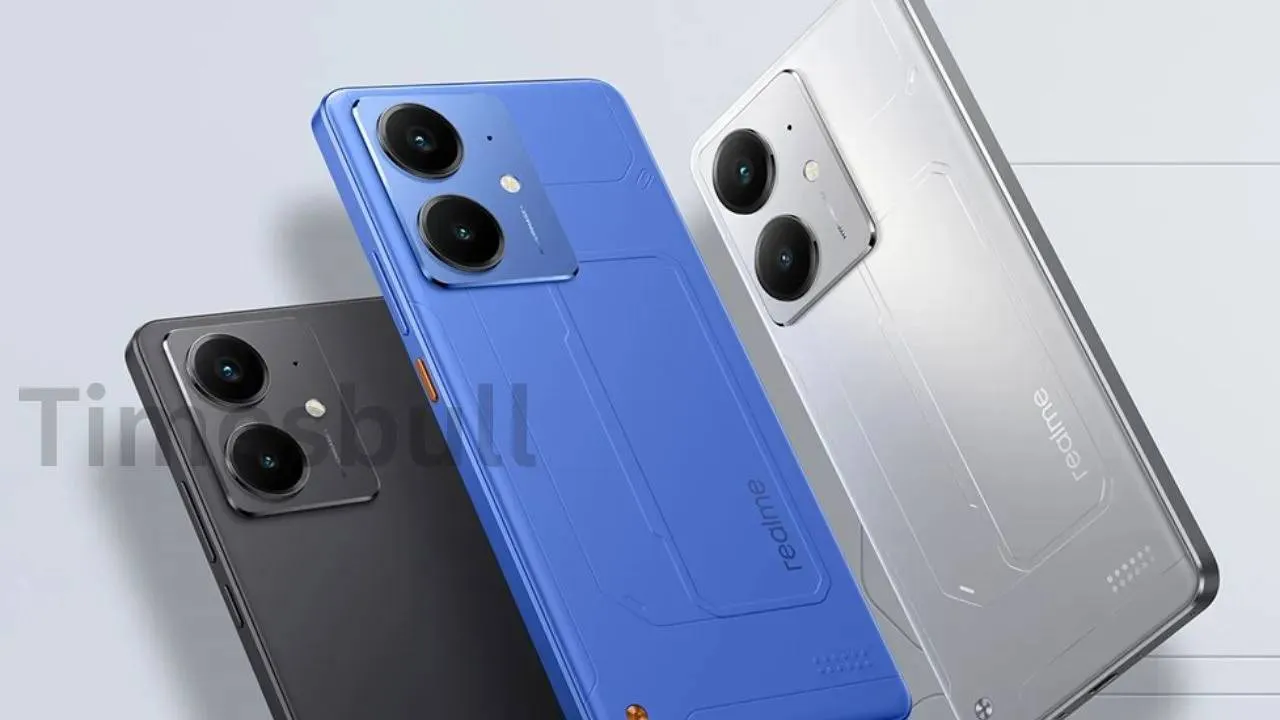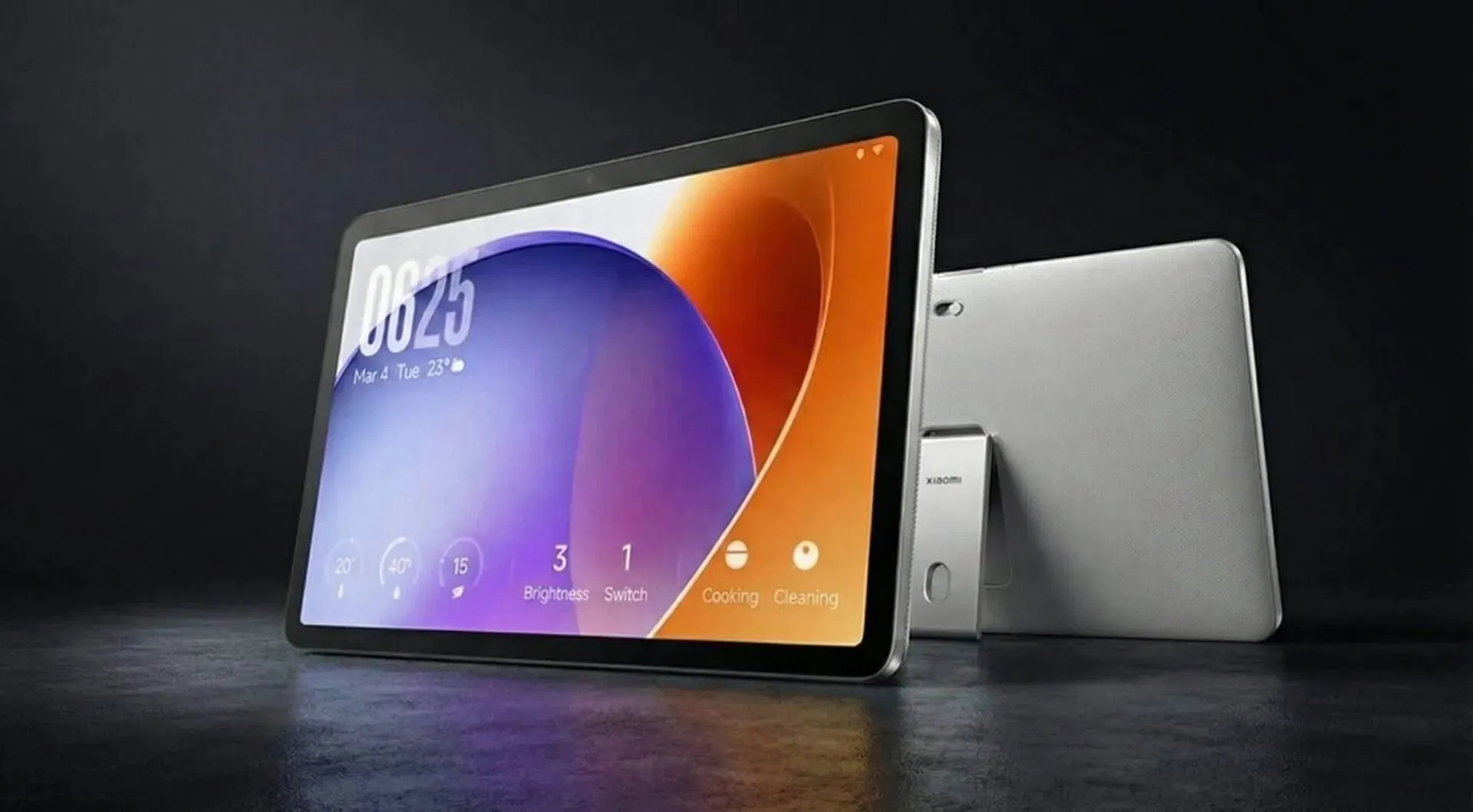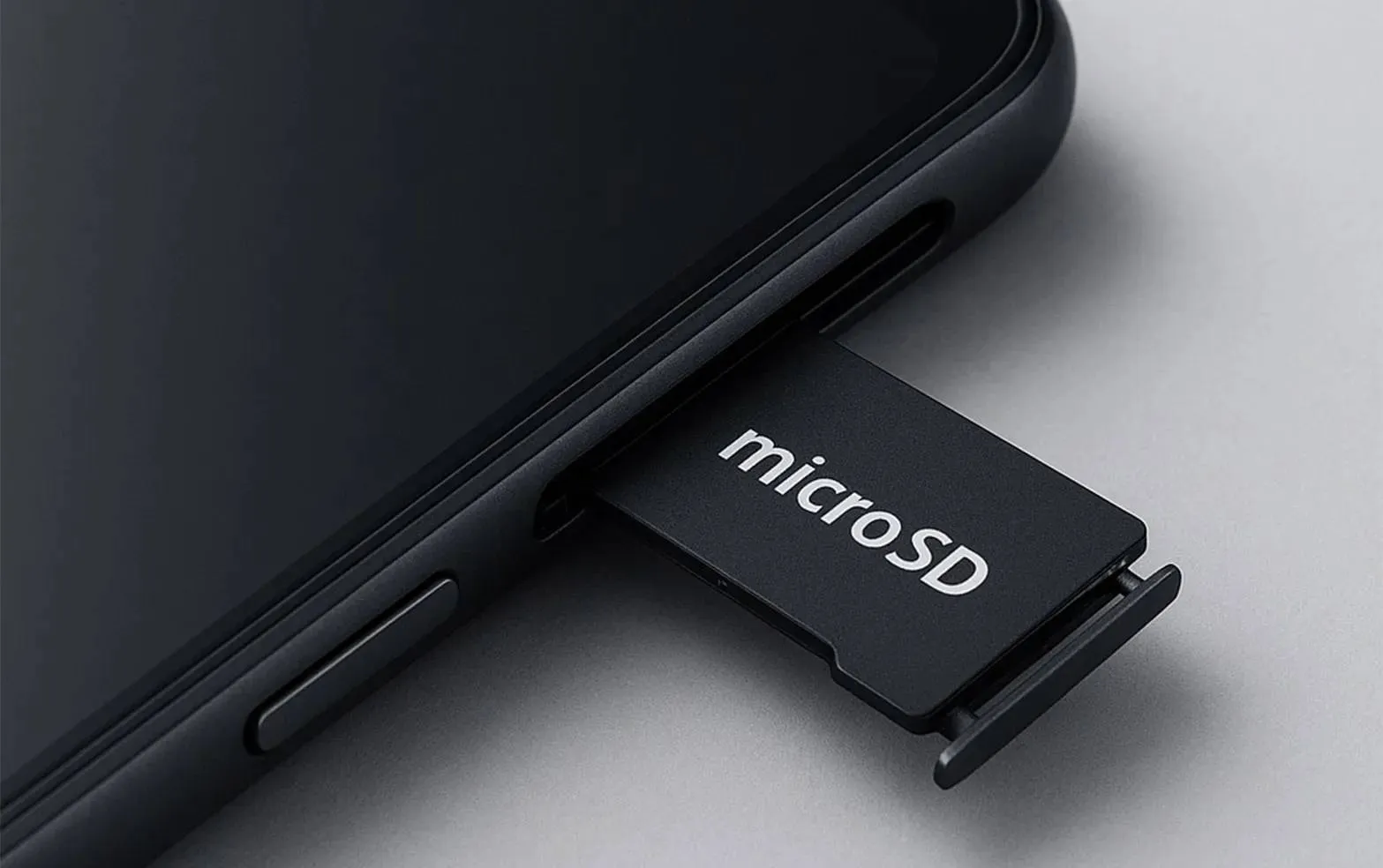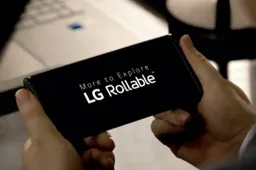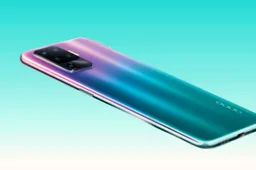Samsung promises 4 years of updates for smartphones launched since 2019
SamsungMonday, 22 February 2021 at 17:30
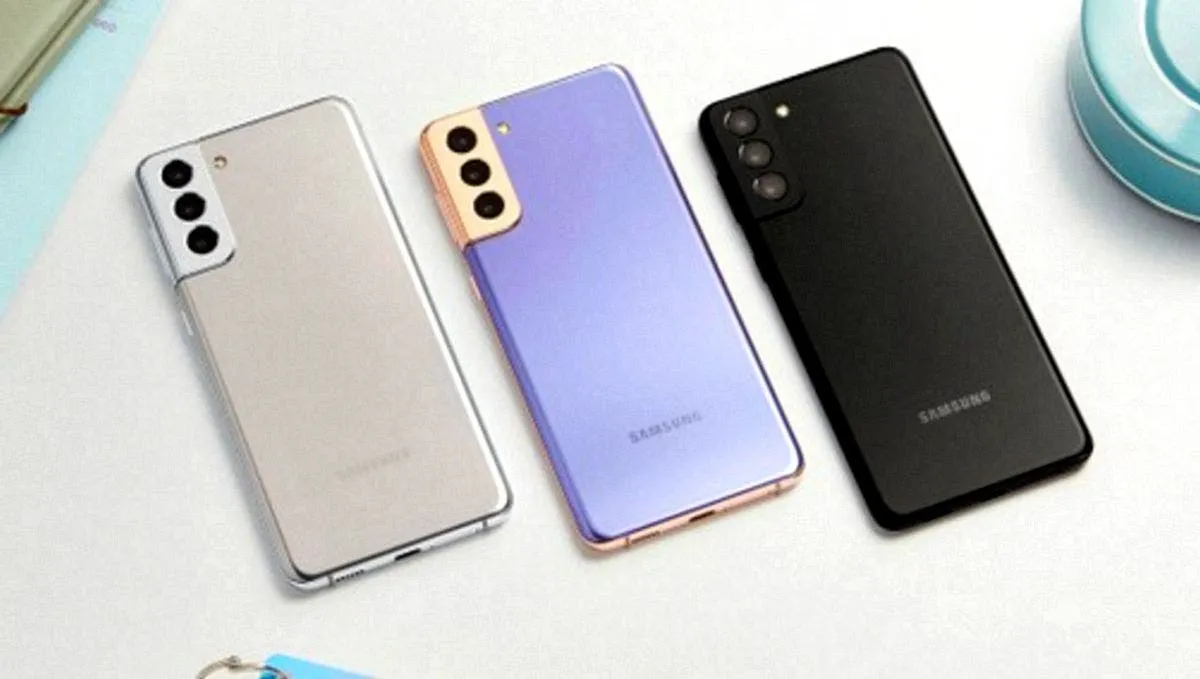
Samsung was strongly involved in the Android fragmentation problem some years ago. Before 2019, the company used to push just one update for their handsets apart from the flagships. The company software skin also wasn't the best among custom Android skins. Everything changed in 2019 when the company decided to revolutionize its smartphone business and also its software skin. The company killed its confusing mid-range lineups to simplifying in Galaxy A and M-series. The brand also replaced its Samsung UX with One UI.
Since then, the brand has been pushing constant updates for its handsets, from major Android updates to small security updates. Now, the brand is giving a step further. It committed to provide support to all Galaxy phones from the Z, S, Note, A, M, XCover, and Tab series, launched in 2019. Each device will receive at least four years of security updates. This means that around 130 smartphones will be getting updates for the next four years, and the list will only grow.
4-years of Samsung Security Updates, not major OS updates
Worth noting that Samsung clearly specifies "security updates" here. In other words, the company is not talking about major OS updates. So far, Samsung has promised three generations of Android OS updates for its flagships. This isn't the case of several of its mid-ranges. There are a few exceptions though. The Galaxy A51, for instance, one of Samsung's best-selling devices, will receive three major Android updates. The device reached the market with Android 10, received Android 11 recently, and will get Android 12 and Android 13 updates.
Moreover, four years of updates don't mean that the company will push constant updates for all its smartphones. It can move some of the handsets, probably the oldest ones, to a quarterly update schedule. Recent handsets should receive monthly update patches. Of course, some devices will depend on their locale and carrier.
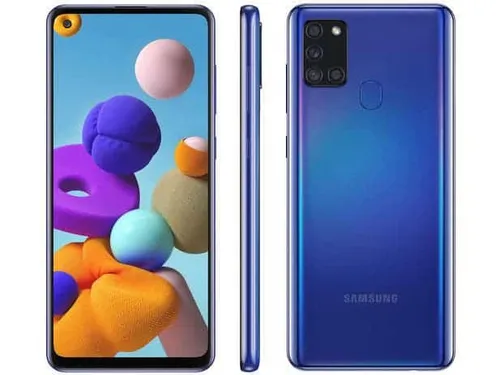
Below you can find the full list of devices eligible for at least three years of security updates. Interestingly, the Galaxy A02 isn't mentioned here. Neither the Galaxy M02 and M02s are. Therefore, these devices seem to be out of this commitment.
Galaxy Foldable devices:
- Galaxy Fold
- Fold 5G,
- Galaxy Z Fold2,
- Z Fold2 5G,
- Galaxy Z Flip,
- Z Flip 5G
Galaxy S series:
- Galaxy S10,
- S10+,
- Galaxy S10e,
- S10 5G,
- Galaxy S10 Lite,
- Galaxy S20,
- S20 5G,
- Galaxy S20+,
- Galaxy S20+ 5G,
- S20 Ultra,
- Galaxy S20 Ultra 5G,
- S20 FE,
- Galaxy S20 FE 5G,
- S21 5G,
- Galaxy S21+ 5G,
- S21 Ultra 5G
Samsung Galaxy Note series:
- Note10
- Galaxy Note10 5G
- Note10+
- Galaxy Note10+ 5G
- Note10 Lite
- Galaxy Note20
- Galaxy Note20 5G
- Note20 Ultra
- Galaxy Note20 Ultra 5G
Samsung Galaxy A series:
- A10
- Galaxy A10e
- A10s
- Galaxy A20
- A20s
- Galaxy A30
- A30s
- Galaxy A40
- A50
- A50s
- Galaxy A60
- A70
- A70s
- Galaxy A80
- A90 5G
- Galaxy A11
- Galaxy A21
- A21s
- A31
- Galaxy A41
- A51
- Galaxy A51 5G
- Galaxy A71
- A71 5G
- Galaxy A02s
- Galaxy A12
- A32 5G
- A42 5G
Galaxy M series
- Galaxy M10s
- M20
- Galaxy M30
- Galaxy M30s
- M40
- M11
- Galaxy M12
- Galaxy M21
- M31
- Galaxy M31s
- M51
Galaxy XCover series:
- Galaxy XCover4s
- XCover FieldPro
- XCover Pro
Galaxy Tab series:
- Tab Active Pro
- Galaxy Tab Active3
- Tab A 8 (2019)
- Galaxy Tab A with S Pen
- Tab A 8.4 (2020)
- Tab A7
- Galaxy Tab S5e
- Tab S6
- Tab S6 5G
- Galaxy Tab S6 Lite
- Tab S7
- Galaxy Tab S7+
Loading
